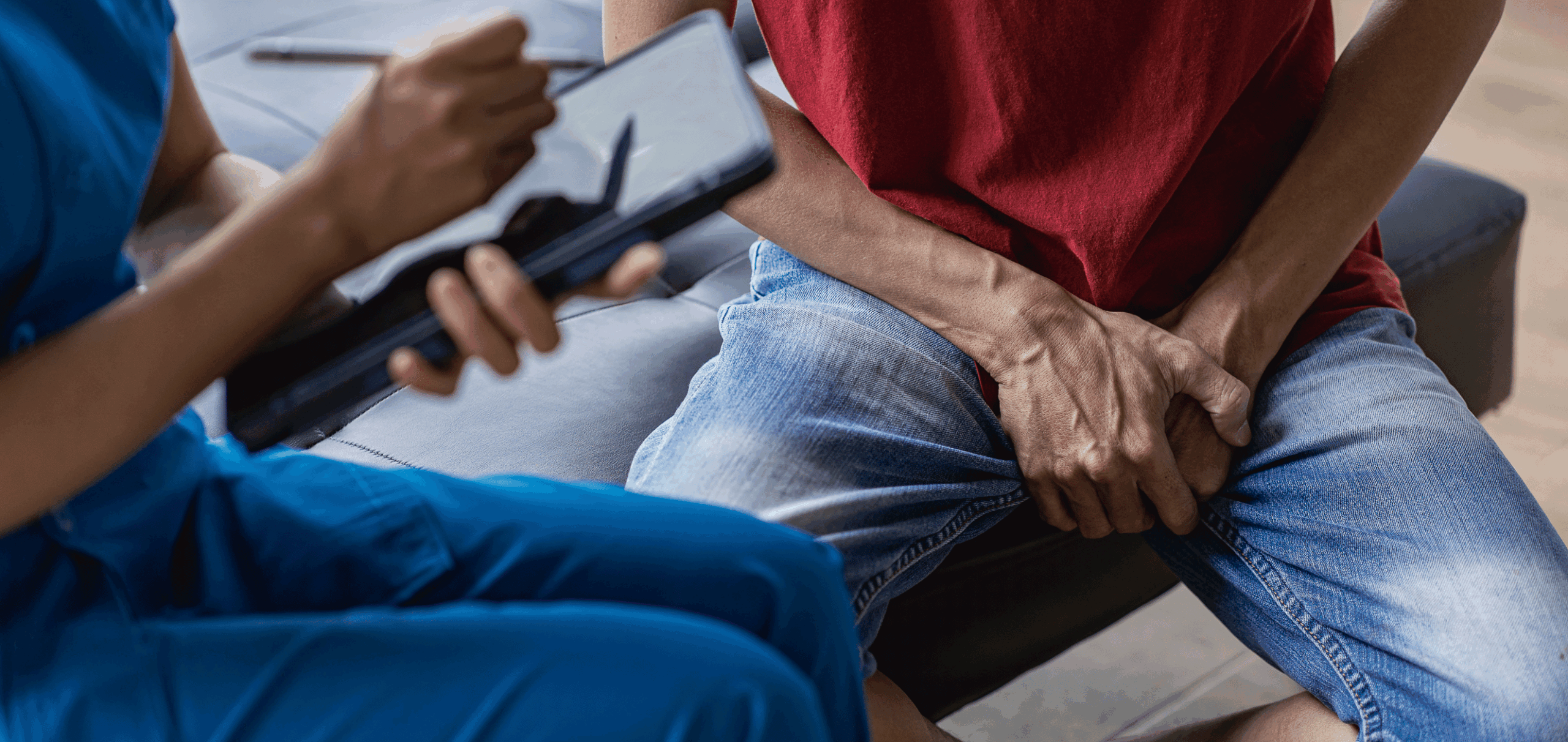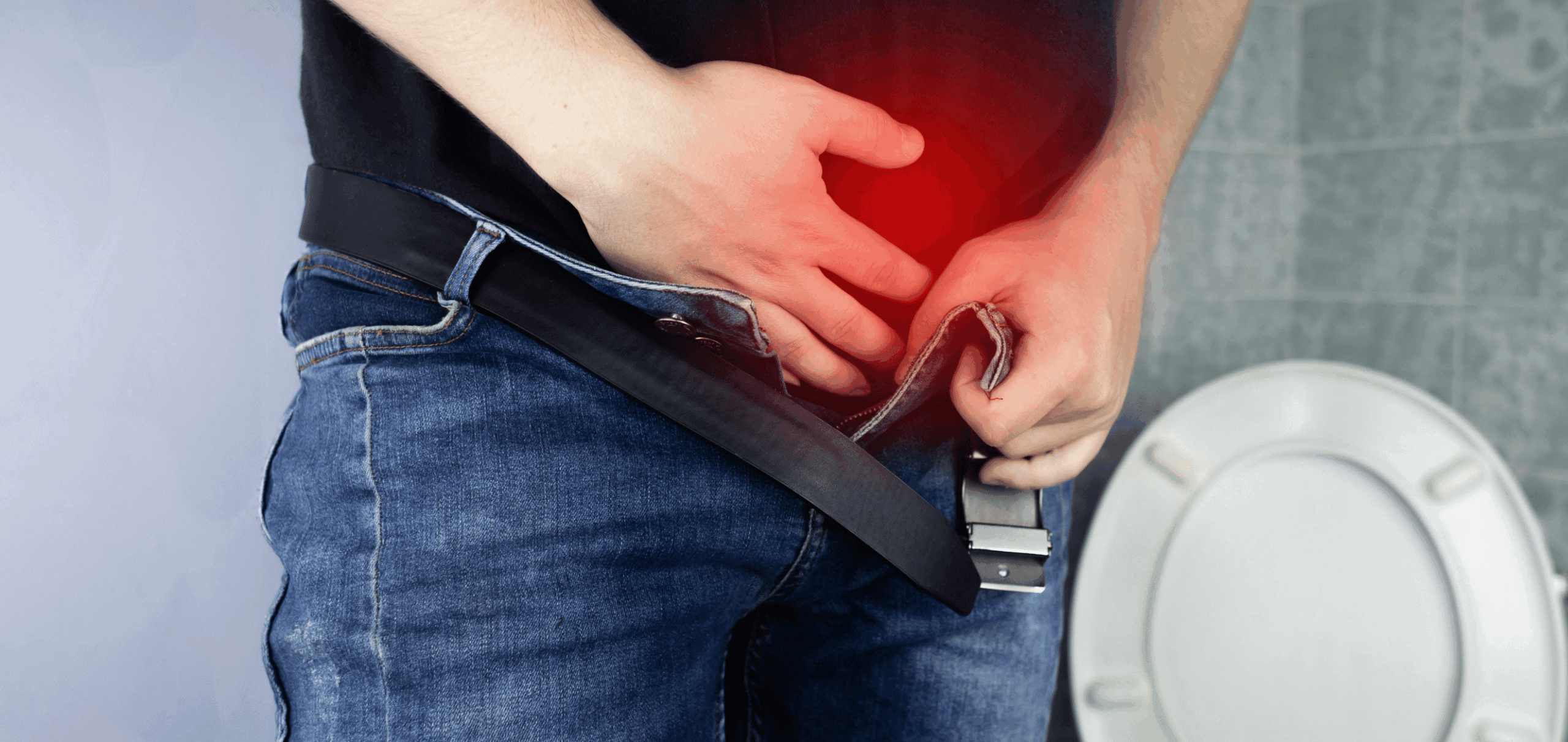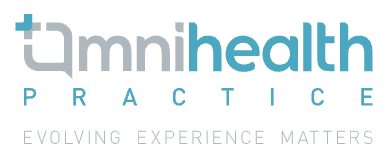Enhancing overactive bladder care: Expert consensus statements for Hong Kong clinicians
19 Dec 2024
Share
Overactive bladder (OAB) is a prevalent condition characterized by urinary urgency, often accompanied by increased frequency and nocturia, affecting a significant portion of the population.1 In Hong Kong, a survey indicated an age-adjusted prevalence of OAB at 15.1%, highlighting the need for effective management strategies tailored to the local context.1 The condition can severely impact the quality of life, necessitating a comprehensive approach to diagnosis and treatment.1
To address the management of OAB in Hong Kong, a joint consensus panel was formed, comprising 13 experts from the Hong Kong Geriatrics Society (HKGS) and the Hong Kong Urological Association (HKUA).1 This panel included 6 geriatricians and 7 urologists, with a balanced representation of male and female clinicians.1 The panel convened for 7 meetings to discuss the latest evidence, review international guidelines, and formulate consensus statements that reflect the unique healthcare landscape of Hong Kong.1
The consensus development process utilized the modified Delphi method, ensuring that each panel member contributed equally to discussions.1 The panel reviewed 34 relevant articles, including major guidelines and systematic reviews, to inform their recommendations.1 A total of 29 consensus statements were proposed, covering various aspects of OAB management, including diagnosis, treatment options, and patient education.1 After thorough deliberation, 25 of these statements were accepted, emphasizing the importance of evidence-based practices in the management of OAB.1
These consensus statements aim to provide a structured framework for clinicians in Hong Kong, promoting standardized care and improving patient outcomes.1 By integrating local data and expert opinions, the panel seeks to enhance the understanding and management of OAB, ultimately benefiting patients across the region.1
Consensus statements on the management of OAB from the HKUA and HKGS
|
History and physical examination |
|
| 1 | The clinician should begin the diagnostic process with careful history taking and physical examination |
| 2 | Storage lower urinary tract symptoms may be a sign of more serious underlying conditions, and their management can be complicated by comorbidities and polypharmacy. The clinician should seek a specialist’s opinion if red flag features are detected |
| 3 | Urinalysis should be considered during the initial assessment of OAB syndrome |
| 4 | A bladder diary should be considered during the assessment of OAB syndrome |
| 5 | Urine culture, post-void residual urine, plain X-rays of the kidney, ureter, and bladder, and patient questionnaires may be performed during the initial assessment of OAB syndrome at the clinician’s discretion |
| 6 | If questionnaires are used for assessment of OAB syndrome, appropriate questionnaires validated in the patient’s language should be used |
| 7 | Cystoscopy, urodynamics, ultrasonography of the urinary system, and pad tests should not be routinely included in the initial assessment of OAB syndrome |
| Non-pharmacological treatment | |
| 8 | Non-pharmacological treatments, including fluid management, bladder training, and pelvic floor exercises, should be offered to patients with OAB, regardless of drug treatment initiation |
| 9 | Clinicians should identify medications and substances that may contribute to OAB and consider modifications or alternatives |
| 10 | Weight reduction should be advised for obese individuals with OAB |
| 11 | For patients who have difficulty performing pelvic floor exercises and bladder training, early pharmacological therapy should be considered |
| 12 | Before initiating treatment, clinicians should educate patients and caregivers about the symptoms and natural course of OAB, and the benefits and risks of currently available treatments |
| 13 | Antimuscarinics should be used cautiously in patients with cognitive impairment or a high anticholinergic burden |
| 14 | Because polypharmacy is very common, a detailed review of drug history is recommended to avoid creating a clinically significant anticholinergic burden in patients |
| Pharmacological treatment |
|
| 15 | Antimuscarinics should be offered to patients who have been unsuccessful with non-pharmacological approaches |
| 16 | Extended-release antimuscarinics are preferred over immediate-release antimuscarinics because of better tolerability, particularly regarding dry mouth |
| 17 | Antimuscarinics should not be used in patients with narrow-angle glaucoma unless approved by an ophthalmologist |
| 18 | Antimuscarinics are effective in treating OAB but regular monitoring of voiding symptoms is recommended, especially among older individuals |
| 19 | Beta-3 agonists provide overall efficacy similar to that of commonly used antimuscarinic monotherapies |
| 20 | Beta-3 agonists appear to be better tolerated than antimuscarinics (e.g. in terms of dry mouth, constipation, and urinary retention) |
| 21 | Mirabegron should not be used in patients with severely uncontrolled hypertension |
| 22 | Combination drug treatment (a beta-3 agonist and an antimuscarinic agent) may be considered for OAB that is unresponsive to monotherapy with either antimuscarinics or beta-3 agonists |
| 23 | Combination treatment using a beta-3 agonist and an antimuscarinic is preferred over the use of two antimuscarinics due to fewer side effects and a lower anticholinergic burden |
| Surgical treatment | |
| 24 | Posterior tibial nerve stimulation should be considered for patients who have been unsuccessful with pharmacological treatment |
| 25 | Intravesical botulinum toxin injection or sacral neuromodulation should be considered in carefully selected patients who have been unsuccessful with pharmacological treatment |
HKGS: Hong Kong Geriatrics Society; HKUA: Hong Kong Urological Association; OAB: Overactive bladder
References
- Wong KKW, et al. Management of overactive bladder: consensus statements from the Hong Kong Urological Association and the Hong Kong Geriatrics Society. Hong Kong Med J. 2024;30:310-319.





